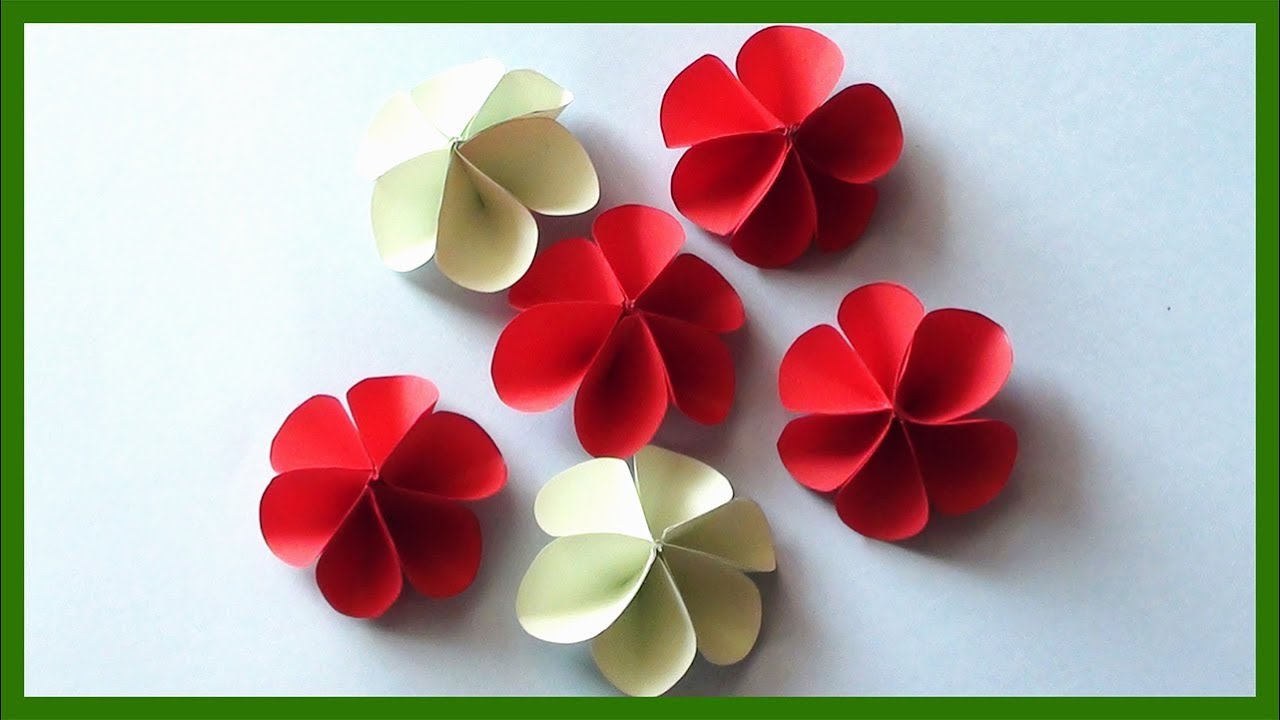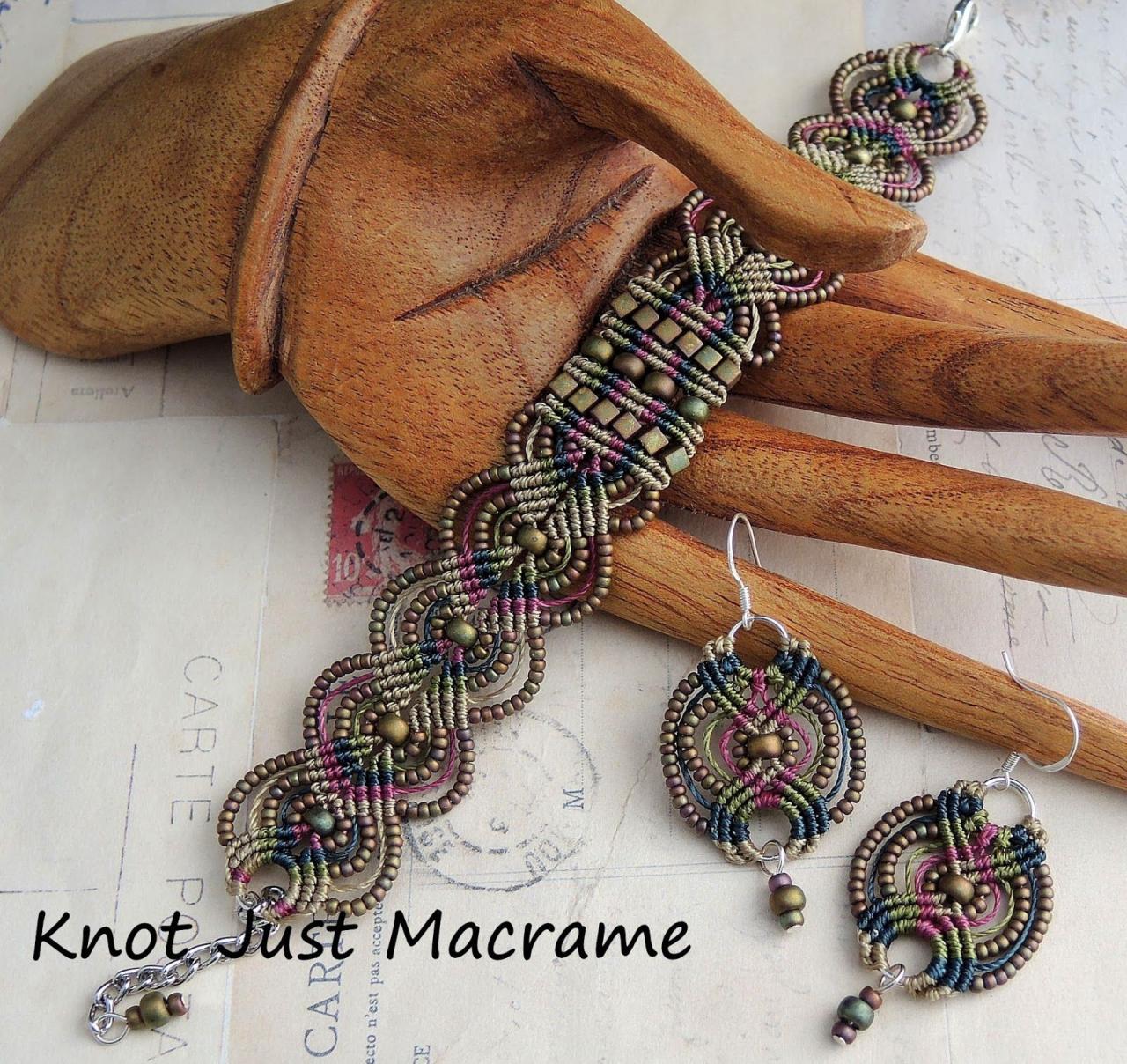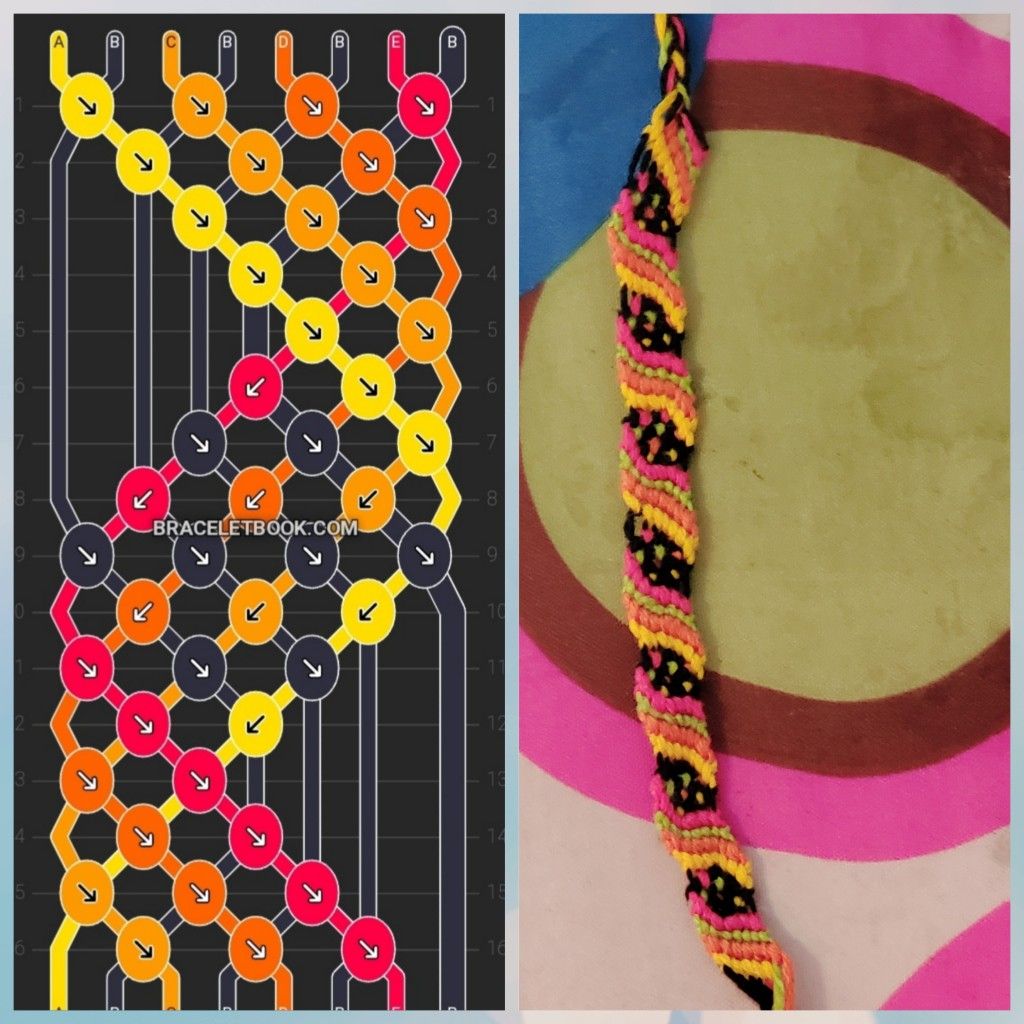DIY clay opens a world of creative possibilities, allowing you to transform simple materials into unique and personalized creations. From intricate sculptures to charming home décor, the versatility of clay makes it a beloved medium for both beginners and seasoned crafters.
Whether you’re drawn to the smooth texture of polymer clay, the forgiving nature of air-dry clay, or the durability of ceramic clay, there’s a type of clay perfectly suited for your project. With a little guidance and some basic techniques, you can unleash your inner artist and create stunning masterpieces.
Basic Clay Techniques
Mastering basic clay techniques is crucial for crafting stunning pottery, sculptures, and other creative projects. These techniques are the foundation for any clay work, allowing you to manipulate and shape clay into your desired forms.
Kneading Clay
Kneading clay is essential for achieving a consistent texture and removing air bubbles. This process involves working the clay with your hands to make it smooth and pliable.
- Start with a ball of clay: Place the clay on a flat surface and use the heel of your hand to press down and push the clay away from you.
- Fold the clay: Fold the clay in half, then rotate it 90 degrees and repeat the process.
- Continue kneading: Repeat the folding and pressing motion until the clay is smooth and uniform in texture.
Rolling Clay
Rolling clay is used to create flat sheets or slabs of clay, perfect for making pottery, tiles, or decorative pieces.
- Use a rolling pin: Place a piece of clay on a flat surface and roll it out with a rolling pin, applying even pressure.
- Adjust the thickness: Use a ruler or a rolling pin with guides to achieve a consistent thickness.
- Smooth the surface: Use a wooden or metal scraper to smooth out any uneven areas.
Shaping Clay
Shaping clay involves using your hands, tools, or molds to create desired forms.
- Hand-building techniques: These techniques involve using your hands to shape the clay, such as pinch pots, coil building, and slab construction.
- Using tools: You can use tools like sculpting tools, pottery wheels, and extruders to shape clay.
- Molds: Molds are used to create specific shapes, such as bowls, plates, or figurines.
Cutting Clay
Cutting clay is necessary for trimming excess clay, creating intricate designs, or dividing a piece into sections.
- Use a sharp knife or wire: A sharp knife or wire cutter is essential for making clean, precise cuts.
- Score the clay: Before cutting, score the clay with a tool to create a rough surface for better adhesion.
- Cut with confidence: Make smooth, decisive cuts to avoid uneven edges.
Assembling Clay
Assembling clay involves joining two or more pieces of clay together to create a larger form.
- Score and slip: Before joining pieces, score the surfaces to be joined and apply slip (a thin mixture of clay and water) to both surfaces.
- Press firmly: Press the pieces together firmly to ensure a strong bond.
- Smooth the seam: Use a tool or your fingers to smooth out any rough edges or seams.
Inspiring Clay Artists and Projects
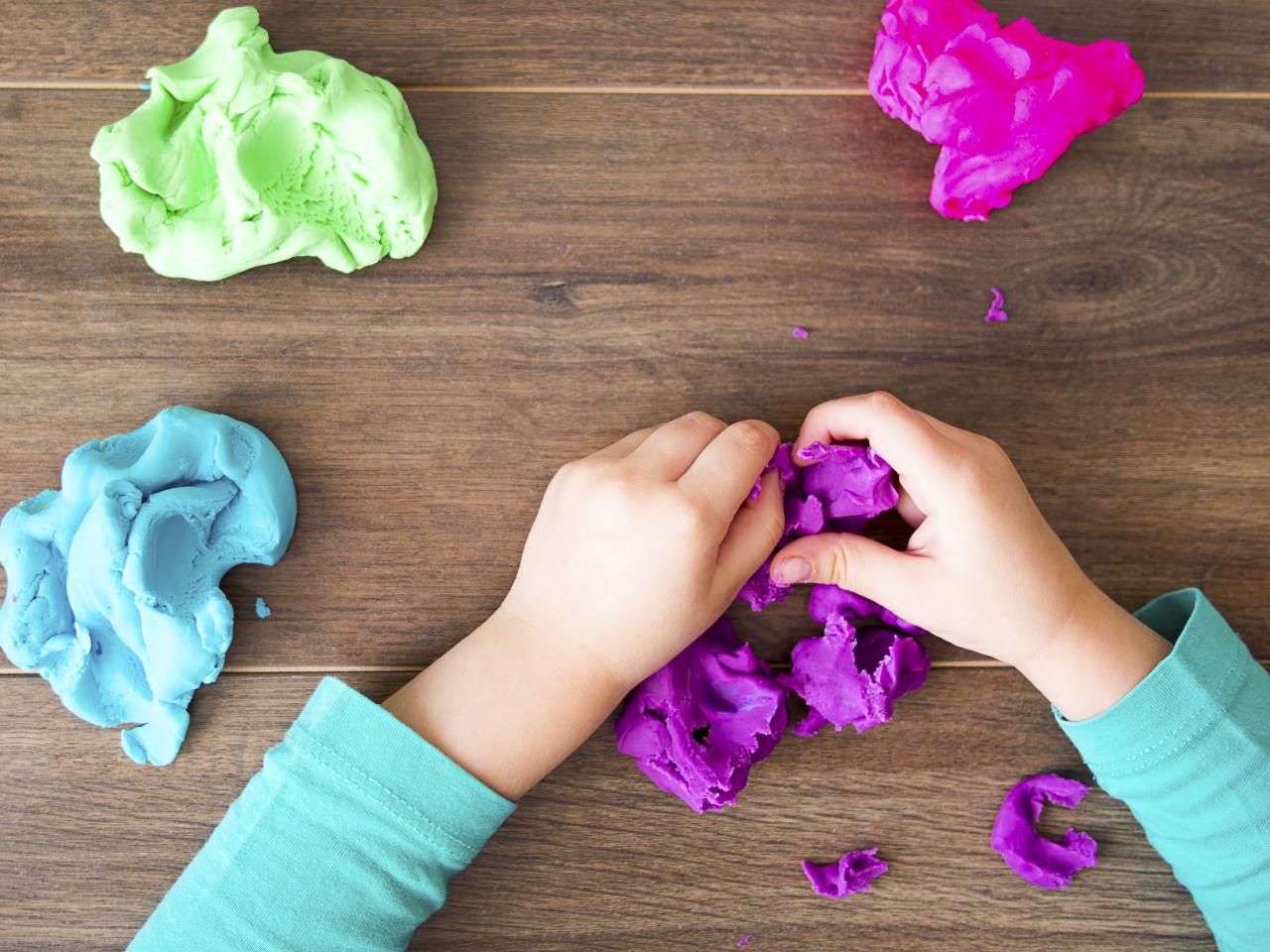
The world of clay art is brimming with talented individuals who push the boundaries of creativity and inspire countless others. These artists, through their unique styles and innovative projects, demonstrate the immense versatility and artistic potential of clay.
Renowned Clay Artists and Their Signature Styles
These artists have made significant contributions to the field of clay art, leaving an enduring legacy through their distinct approaches and mastery of the medium.
- Beatrice Wood (1893-2004): A pioneer of American ceramics, Beatrice Wood is known for her playful and whimsical style, often incorporating vibrant colors and abstract forms. Her work, often described as “naive” or “primitive,” celebrates the joy of creation and the beauty of imperfection.
- Peter Voulkos (1924-2002): A revolutionary figure in ceramics, Voulkos challenged traditional ceramic techniques and embraced a more expressive and spontaneous approach. His work is characterized by bold, gestural forms, often incorporating raw, earthy materials and a rough, textured surface. He was a prominent figure in the “California Clay Movement” of the 1950s and 60s.
- Lucie Rie (1902-1995): A master of studio pottery, Rie is renowned for her elegant and refined forms, often using subtle glazes and understated decorations. Her work is characterized by its simple, functional beauty and meticulous craftsmanship. She was a key figure in the British studio pottery movement, inspiring generations of potters.
Innovative and Inspiring Clay Projects
Beyond individual artists, numerous projects showcase the transformative power of clay. These projects highlight the versatility of the medium, its ability to engage with social issues, and its potential to inspire and connect communities.
- “The Clay Studio” in Philadelphia: This non-profit organization provides access to clay art for all, offering classes, workshops, and exhibitions. It also actively engages with the community through outreach programs and public art installations.
- “The Clayground Project” in San Francisco: This project utilizes clay to create public art installations and interactive experiences, fostering community engagement and dialogue.
- “The Mud Hut Project” in India: This project, led by artist and architect Michael Reynolds, uses earth-based materials, including clay, to create sustainable and affordable housing solutions for underprivileged communities.
Artistic Techniques and Concepts
These artists and projects employ a wide range of techniques and concepts, pushing the boundaries of clay art and exploring new possibilities.
- “Raku Firing”: This technique involves removing pottery from the kiln while it is still hot, resulting in a unique and unpredictable surface.
- “Slip Casting”: This method uses a liquid clay suspension (slip) to create complex shapes and intricate details.
- “Sculptural Clay”: This approach uses clay as a three-dimensional medium, allowing for the creation of expressive and abstract forms.
Resources for DIY Clay Enthusiasts
The world of DIY clay is brimming with resources to help you hone your skills, discover new techniques, and find inspiration for your next clay creation. From online communities and blogs to dedicated websites and books, there’s a wealth of information available to support your clay journey.
Online Communities and Blogs, Diy clay
Online communities and blogs provide a platform for connecting with fellow clay enthusiasts, sharing projects, seeking advice, and participating in discussions. These platforms offer a supportive and engaging environment for learning and growing as a clay artist.
- Reddit: The subreddit r/Clay is a vibrant community where clay enthusiasts share their projects, ask questions, and offer support. It’s a great place to find inspiration, connect with other clay artists, and learn from experienced creators.
- Instagram: The hashtag #clayart connects you with a vast network of clay artists on Instagram. Explore the diverse styles and techniques showcased, find inspiration, and connect with fellow creators.
- Pinterest: Pinterest is a visual treasure trove of clay projects and tutorials. Discover new techniques, find inspiration for your next creation, and gather ideas for incorporating different materials and styles.
- Blogs: Many talented clay artists maintain blogs where they share their creative journey, tutorials, tips, and project ideas. Search for blogs focused on specific clay techniques, styles, or projects that interest you.
Websites and Online Stores
Websites dedicated to clay crafting offer a comprehensive resource for information, tutorials, and supplies. Online stores provide a convenient way to purchase clay, tools, and accessories.
- Ceramic Arts Daily: This website offers a wealth of information on all aspects of ceramics, including clay techniques, project ideas, and artist profiles.
- Clay Matters: Clay Matters is a resource for ceramic artists and enthusiasts, offering articles, tutorials, and a directory of clay suppliers.
- Amazon: Amazon offers a wide selection of clay, tools, and supplies, making it a convenient one-stop shop for your clay crafting needs.
- Etsy: Etsy is a marketplace for handmade goods, including a wide variety of clay creations and supplies. Explore the unique offerings of independent artists and find inspiration for your own projects.
Books
Clay crafting books provide a comprehensive guide to techniques, projects, and inspiration. Explore books that cater to your specific interests, whether you’re a beginner or an experienced clay artist.
- The Complete Book of Clay: A Comprehensive Guide to Working with Clay by Susan Peterson: This book provides a comprehensive overview of clay techniques, from basic hand-building to advanced wheel throwing.
- Clay Play: 50 Creative Projects for Kids by Linda Campbell: This book offers fun and engaging clay projects for kids of all ages, encouraging creativity and exploration.
- The Potter’s Book: A Complete Guide to Ceramic Materials and Techniques by John Hesselberth: This comprehensive guide covers all aspects of pottery, from clay preparation to glazing and firing.
Workshops, Classes, and Events
Participating in workshops, classes, and events provides hands-on learning experiences, expert guidance, and opportunities to connect with other clay enthusiasts.
- Local Community Centers and Art Studios: Many community centers and art studios offer clay workshops and classes for beginners and experienced artists.
- Online Platforms: Websites like Skillshare and CreativeLive offer online clay workshops and classes led by experienced instructors.
- Ceramic Guilds and Associations: Ceramic guilds and associations often host workshops, events, and exhibitions, providing opportunities to learn from experienced artists and connect with fellow clay enthusiasts.
Last Point: Diy Clay
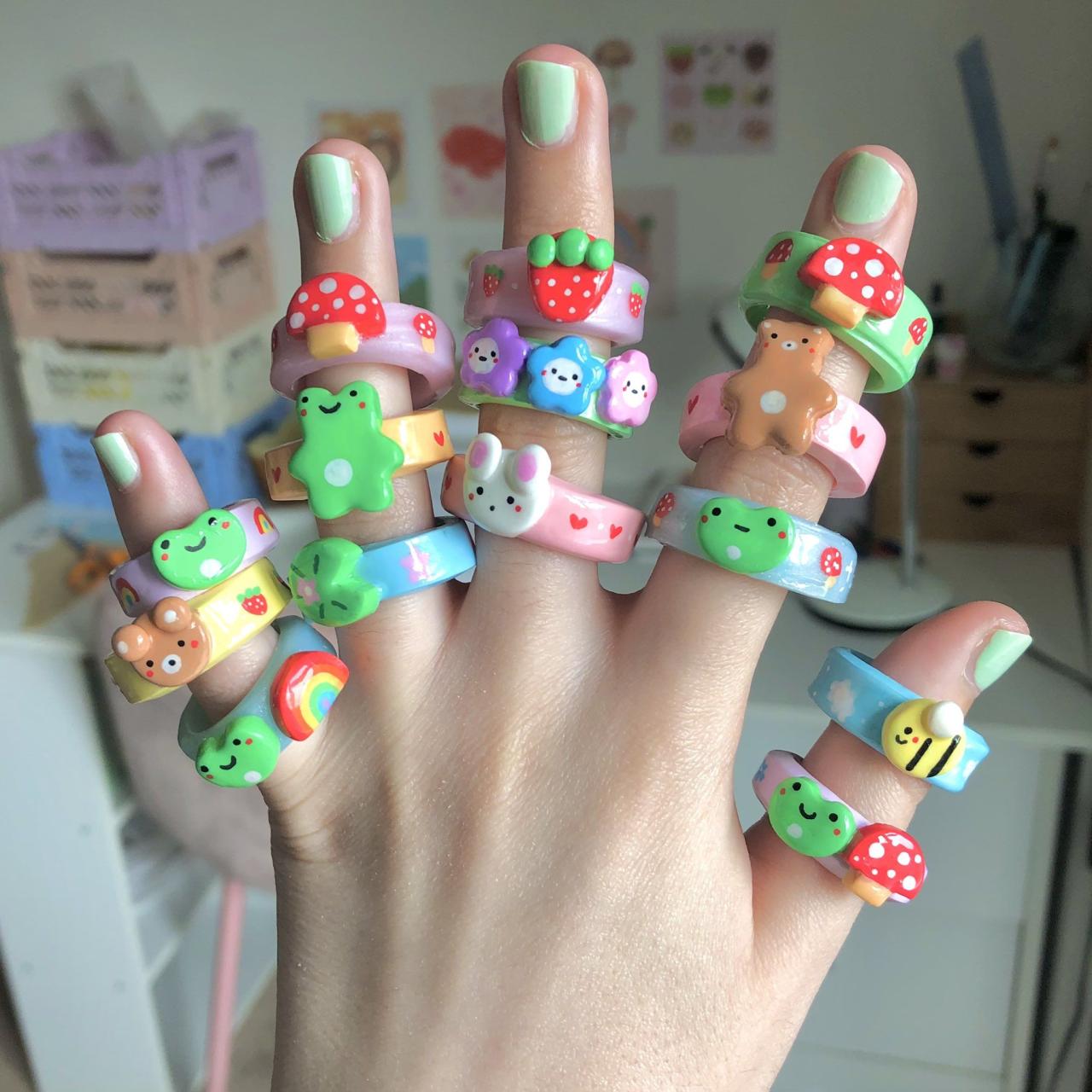
Embark on a journey of clay crafting, where imagination takes flight and your hands become instruments of artistic expression. With a wealth of resources and a community of passionate creators, the world of DIY clay awaits your exploration. So, gather your tools, unleash your creativity, and let the magic of clay transform your ideas into tangible realities.
DIY clay is a fantastic medium for expressing your creativity, and it’s perfect for making thoughtful gifts. If you’re looking for easy Mother’s Day crafts, check out this website easy mothers day crafts for some inspiration. From hand-shaped ornaments to personalized mugs, there are endless possibilities for showcasing your love and appreciation.
DIY clay offers a unique and heartfelt way to create something special for Mom.

